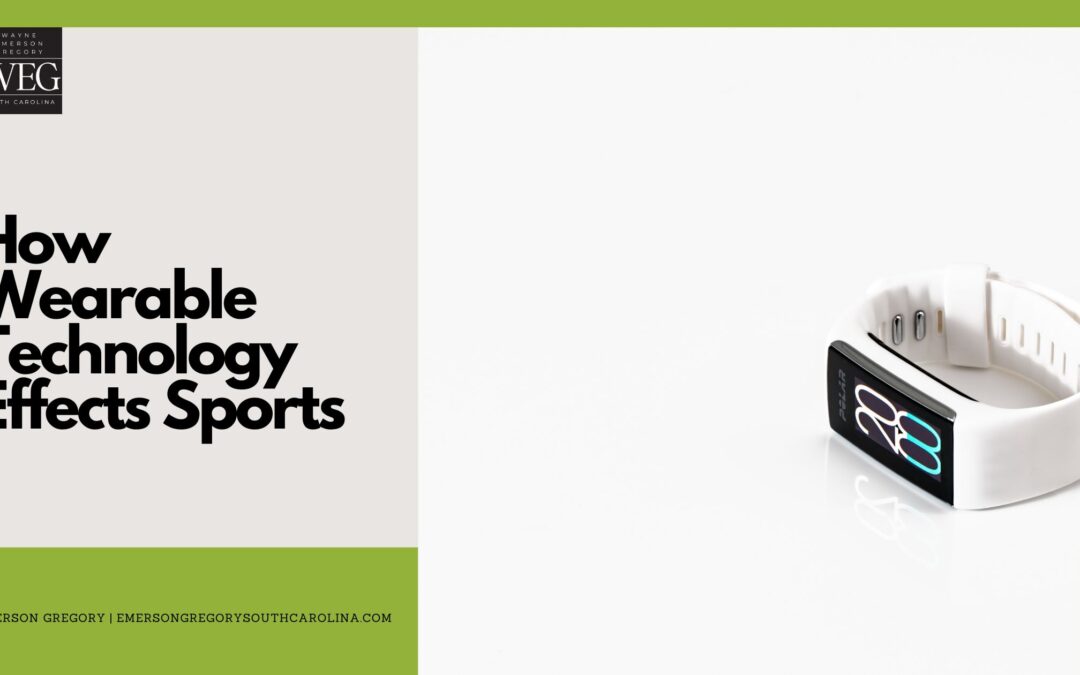Technology continues to push boundaries and redefine athletic performance. One area where technological advancements have made a significant impact is wearable technology. From smartwatches and fitness trackers to biometric sensors and GPS devices, athletes and coaches are utilizing these wearables to gain valuable insights, improve training methods, and optimize performance.
Performance Monitoring and Analysis
Wearable devices provide real-time data on various performance metrics, allowing athletes and coaches to monitor and analyze their performance more comprehensively. Biometric sensors can track heart rate, oxygen saturation, and even muscle activity, providing valuable insights into an athlete’s physiological response during training and competition. GPS devices and accelerometers offer data on speed, distance, and movement patterns, enabling athletes to fine-tune their technique and optimize their training routines. Coaches can leverage this data to tailor training programs, identify areas for improvement, and make informed decisions to maximize an athlete’s performance potential.
Injury Prevention and Rehabilitation
Wearable technology plays a crucial role in injury prevention and rehabilitation in sports. Athletes can utilize wearables to monitor their body mechanics, detect muscle imbalances, and assess the impact of their movements on joints and ligaments. By identifying potential injury risks, athletes can make adjustments to their training routines and prevent overexertion. Wearable devices also aid in post-injury rehabilitation by tracking progress, monitoring range of motion, and providing objective feedback on an athlete’s recovery. This data-driven approach helps athletes and medical professionals design personalized rehabilitation programs, optimize recovery time, and reduce the risk of re-injury.
Mental Performance and Well-being
Wearable technology not only focuses on physical performance but also on mental well-being. Devices like brain-sensing headbands and biofeedback monitors can measure brain activity, heart rate variability, and stress levels. Athletes can utilize this data to understand their mental state during training and competition, optimize focus and concentration, and manage stress levels. Additionally, sleep-tracking wearables provide insights into an athlete’s sleep patterns, allowing them to prioritize rest and recovery for optimal performance. By addressing both physical and mental aspects, wearables contribute to overall athlete well-being and peak performance.
Fan Engagement and Spectator Experience
Wearable technology has expanded beyond the athletes themselves and is now enhancing the spectator experience. Fans can use smartwatches and mobile apps to receive real-time updates on game statistics, player performance, and live commentary. Wearable cameras and augmented reality (AR) devices offer immersive viewing experiences, allowing fans to witness events from unique perspectives. This technology bridges the gap between athletes and fans, creating an interactive and engaging sports environment.
Training Optimization and Personalized Coaching
Wearable technology enables athletes to optimize their training regimens and receive personalized coaching. Through data analysis, wearables can track an athlete’s progress, identify strengths and weaknesses, and offer personalized training recommendations. Virtual coaching platforms, integrated with wearables, allow coaches to remotely monitor athletes’ performance, provide real-time feedback, and adjust training plans accordingly. This technology promotes efficient training methods, encourages self-improvement, and fosters a closer coach-athlete relationship.
Wearable technology is revolutionizing the sports industry, empowering athletes and coaches with valuable insights and tools to enhance performance, prevent injuries, and optimize training methods. By leveraging wearable devices and the data they provide, athletes can push their limits, achieve their goals, and transform the way sports are played and experienced.

